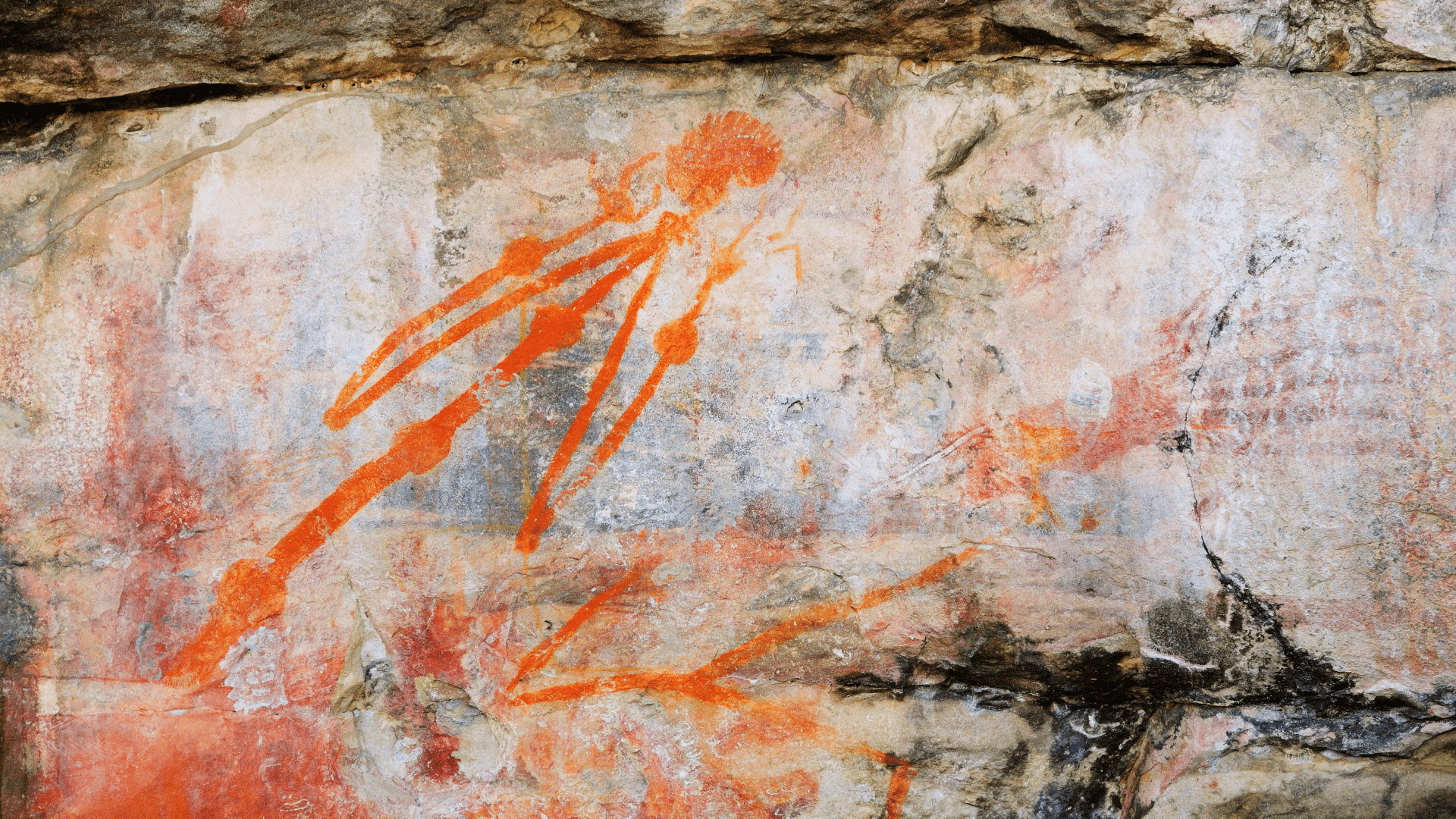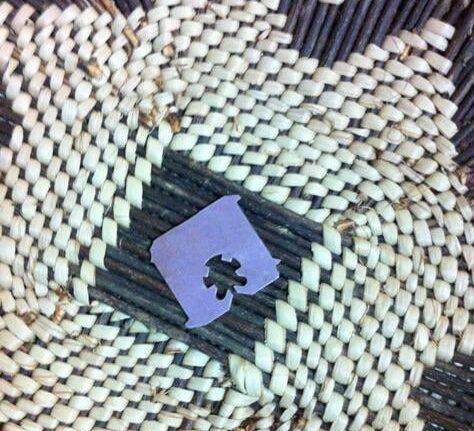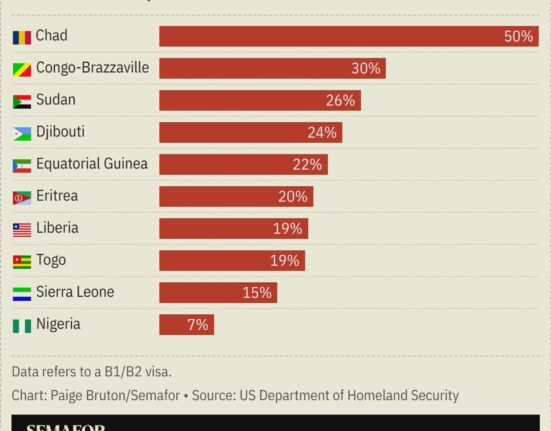Humans have always been fascinated by our ancient origins and the mysteries they hold. One such intriguing discovery revolves around the timeline of human occupation in Australia, challenged by recent research suggesting that Neanderthal DNA might refute the long-held belief of a 65,000-year-old date. This revelation has sparked a heated debate among experts, igniting a fire of curiosity and skepticism within the scientific community.
To delve into the heart of this scientific enigma, we must first understand the historical context of human migration and settlement patterns. For decades, the prevailing theory suggested that humans arrived in Australia around 65,000 years ago, marking one of the earliest known instances of human habitation on the continent. This timeline was supported by archaeological evidence and genetic studies, painting a vivid picture of our ancestors’ journey across the globe.
However, the emergence of Neanderthal DNA in the Australian genetic landscape has thrown a proverbial spanner in the works, challenging the established timeline and pushing experts to reevaluate their assumptions. The study, published in the journal *Archaeology in Oceania*, presents a compelling argument that raises questions about the accuracy of previous dating methods and the complexities of human evolution.
The presence of Neanderthal DNA in Australian populations suggests a more intricate tapestry of human history than previously imagined, hinting at possible interactions between different hominid species that could reshape our understanding of prehistoric migrations.
As the scientific community grapples with these newfound revelations, divergent opinions have emerged, highlighting the nuanced nature of academic discourse. While some experts are quick to embrace the implications of the study, others remain cautious, citing the need for further research and corroborating evidence to solidify the claims put forth by the researchers.
“The idea that Neanderthal DNA could challenge established timelines is both exciting and daunting. It forces us to reassess our preconceived notions about human history and confront the gaps in our understanding,” remarked Dr. Emily Wells, a renowned archaeologist specializing in ancient DNA analysis.
The debate surrounding the validity of the 65,000-year-old date for human occupation in Australia transcends the confines of academia, capturing the imagination of the general public and sparking discussions about our shared heritage. Social media platforms like Reddit serve as virtual town squares where individuals from diverse backgrounds come together to dissect complex scientific findings and offer their perspectives on the matter.
“It’s fascinating to witness how a single study can shake the foundations of what we thought we knew about our past. The interplay between genetics, archaeology, and anthropology unveils a tapestry of human experiences waiting to be unraveled,” shared user u/AussieExplorer123, reflecting the sentiments of many intrigued by the ongoing debate.
Beyond the immediate implications for Australian archaeology, the implications of this research extend far beyond the shores of the continent, resonating with broader debates in the field of human evolution and migration. The intricate dance of genetic markers and archaeological remnants paints a dynamic picture of our shared history, weaving a narrative that transcends borders and connects us to our collective past.
As we navigate the ever-evolving landscape of scientific inquiry, it is crucial to approach new discoveries with an open mind and a critical eye, recognizing that the quest for knowledge is an ongoing journey filled with twists, turns, and unexpected revelations that challenge our perceptions of who we are and where we come from.
In conclusion, the debate sparked by the presence of Neanderthal DNA in Australian populations serves as a poignant reminder of the ever-shifting sands of scientific understanding. While the 65,000-year-old date for human occupation in Australia may face scrutiny in light of this new evidence, the essence of discovery lies not in cementing absolute truths but in embracing the uncertainties that drive us to explore, question, and ultimately, unravel the intricate tapestry of our shared human story.









Leave feedback about this